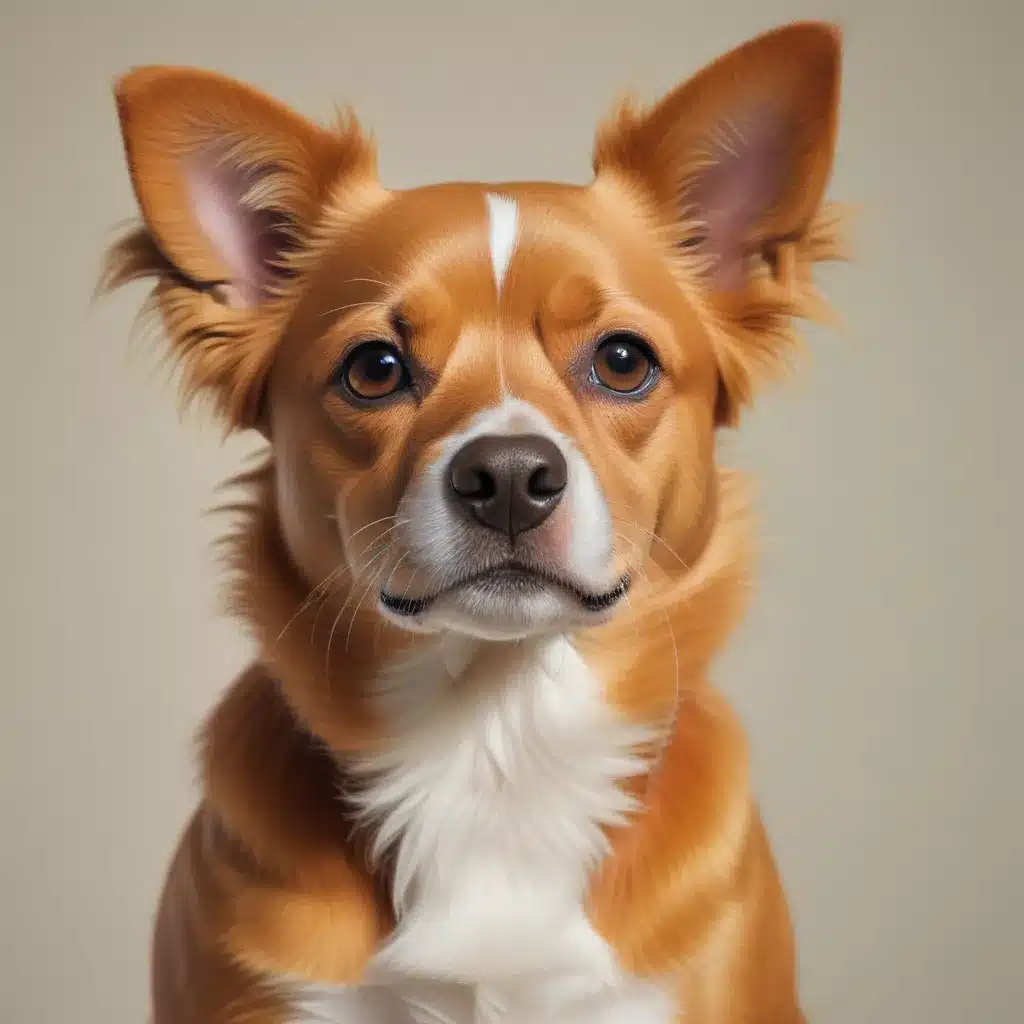
As an experienced art writer and creative consultant for Pencil and Paint Muse, I’ve had the pleasure of exploring a wide range of artistic techniques, from pencil drawing and painting to mixed media approaches. In our 15 years installing… When it comes to creating captivating pet portraits, understanding and applying sound colour theory principles is crucial for achieving vibrant, harmonious, and visually striking results.
The Fundamentals of Colour
At the core of colour theory are the three essential attributes: hue, saturation, and value. Hue refers to the specific colour itself, such as red, blue, or yellow. Saturation describes the intensity or purity of a hue, ranging from vibrant and bold to muted and subdued. Value denotes the lightness or darkness of a colour, from bright highlights to deep shadows.
The primary colours – red, yellow, and blue – form the foundation for a vast array of hues. By mixing these primary colours in different proportions, we can create secondary colours (orange, green, and violet) and tertiary colours (yellow-orange, red-orange, red-violet, blue-violet, blue-green, and yellow-green). Understanding these colour relationships is crucial for developing a harmonious palette in your pet portraits.
Complementary Colour Combinations
Another essential concept in colour theory is the idea of complementary colours – hues that sit opposite each other on the colour wheel, such as red and green, blue and orange, or yellow and violet. These contrasting colour pairs can create stunning visual effects when used together, evoking a sense of vibrancy and dynamism.
Complementary colours can be particularly useful when painting the coats of pets, as they can help accentuate the depth and texture of the fur. For example, using a touch of violet in the shadows of a golden retriever’s coat can enhance the overall richness and warmth of the colour. Conversely, incorporating a hint of orange in the highlights of a black cat’s fur can make the coat appear sleeker and more lustrous.
Exploring Warm and Cool Colours
The temperature of colours, whether warm or cool, can also have a significant impact on the mood and atmosphere of your pet portraits. Warm colours, such as reds, oranges, and yellows, tend to feel inviting and energetic, while cool colours, like blues, greens, and purples, can convey a sense of tranquility and serenity.
When painting pet portraits, consider how you can leverage the emotional associations of warm and cool colours to express the personality and character of your subject. A mischievous puppy, for instance, might be better suited to a palette of vibrant, warm hues, while a majestic feline could be portrayed with a more subdued, cool-toned colour scheme.
Mastering Colour Mixing
Effective colour mixing is essential for achieving the desired hues, saturation, and values in your pet portraits. When working with traditional media like acrylic or oil paints, start by understanding the pigment properties of the colours you’re using. Some paints may be more transparent, while others are more opaque or granulating. Knowing these characteristics can help you make informed decisions about how to layer and blend your colours.
For watercolour artists, the spontaneous nature of the medium can be both a blessing and a challenge. Embrace the fluid and unpredictable qualities of watercolour by allowing colours to mingle and interact on the paper, creating unique and visually captivating effects. Experiment with techniques like wet-on-wet, glazing, and layering to build up depth and complexity in your pet portraits.
When it comes to mixed media approaches, the possibilities for colour exploration are endless. Combine various media, such as pencils, pastels, inks, and acrylic paints, to create rich, multidimensional works that showcase your artistic flair. Don’t be afraid to step outside your comfort zone and try new colour combinations – the key is to remain open-minded and willing to experiment.
Developing a Cohesive Colour Palette
One of the most effective ways to achieve harmony in your pet portraits is by establishing a cohesive colour palette. This doesn’t necessarily mean using a limited range of hues, but rather ensuring that the colours you choose work together seamlessly. Consider the following strategies:
Limit Your Palette: Restrict yourself to a few key colours, such as a warm and a cool neutral, along with one or two accent hues. This can help create a sense of unity and prevent your work from becoming too busy or chaotic.
Employ Complementary Colours: Judiciously use complementary colour pairs to add depth, contrast, and visual interest to your paintings. Remember to let one colour dominate to maintain balance.
Establish a Colour Temperature: Decide whether your overall palette will lean more towards warm or cool tones, and use this as a guiding principle throughout your painting process.
Consider Value Relationships: Pay close attention to the value (lightness or darkness) of your colours and how they interact with one another. Striking the right balance between light and dark areas can significantly enhance the three-dimensional quality of your pet portraits.
Capturing Personality Through Colour
Beyond the technical aspects of colour theory, the strategic use of hues, saturation, and values can also help you capture the unique personality and character of your pet subjects. Think about how different colours can evoke specific emotions or impressions.
For example, a playful and energetic pup might be best represented with a vibrant, saturated palette, while a regal and composed feline could be portrayed with a more muted, sophisticated colour scheme. Experiment with the expressive potential of colour to imbue your pet portraits with a distinctive sense of life and individuality.
Remember, the journey of mastering colour theory is an ongoing one, filled with exploration, experimentation, and a willingness to learn. As you continue to create captivating pet commissions, embrace the power of colour to elevate your artistic expression and connect with your audience in meaningful ways.
For more inspiring content and tutorials, be sure to visit Pencil and Paint Muse at pencilandpaintmuse.com. Happy painting!
Tip: Experiment with different media to discover your unique style